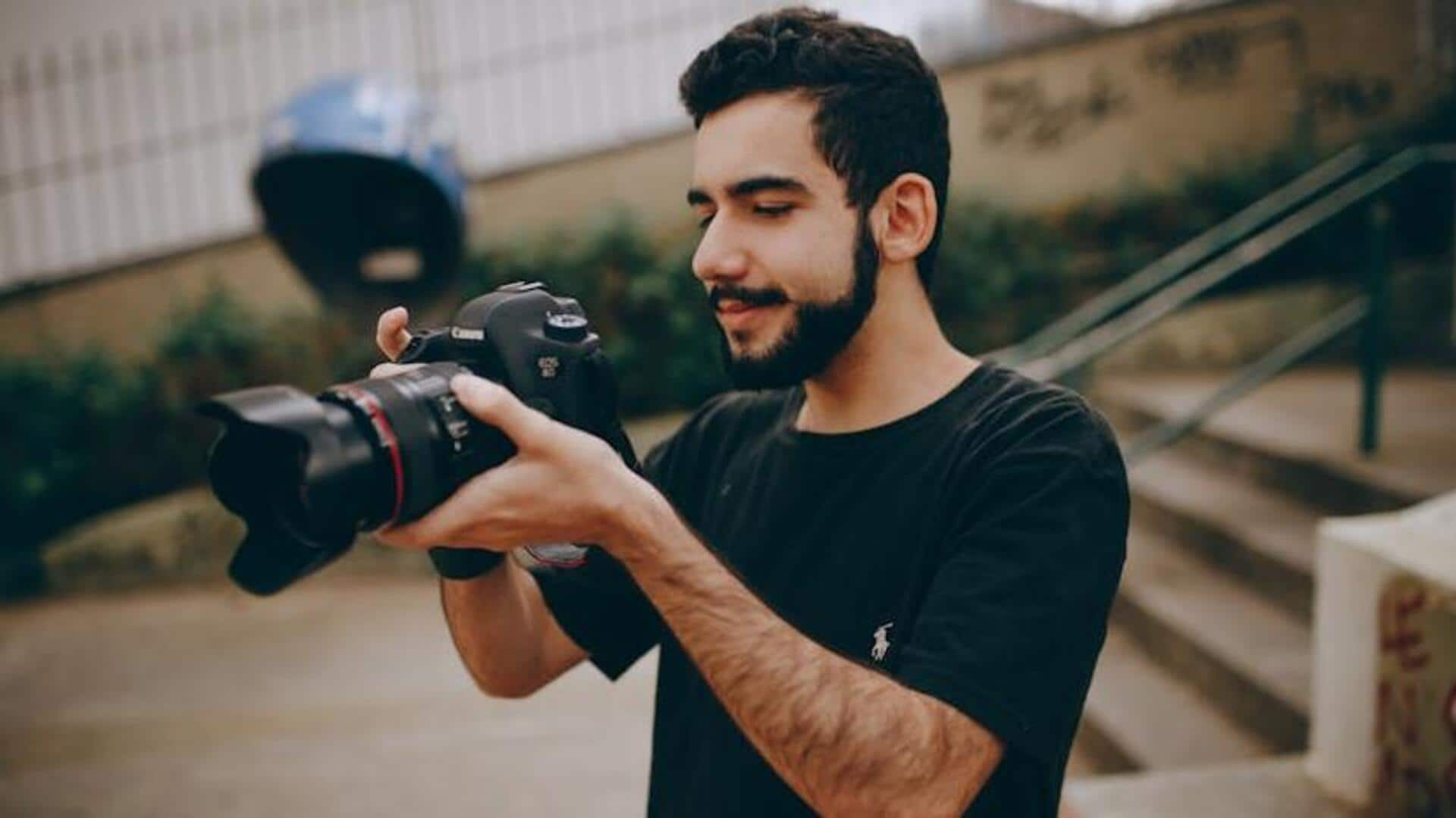
This photography technique can help you relax!
What's the story
Water ripple photography is a meditative art form that harnesses the tranquility of water and the joy of capturing beauty in motion.
This accessible hobby doesn't require fancy equipment or a photographer's eye - anyone seeking serenity and a creative outlet can participate.
By immortalizing the fleeting elegance of water ripples, one can cultivate a mindful practice fostering relaxation and creativity.
Preparation
Setting up your space
First, you'll need a shallow dish or tray filled with water.
Place it on a steady surface that won't be disturbed by vibrations.
The best light for water ripple photography is natural light. Position your dish near a window to take advantage of the natural light.
If natural light isn't enough, use a soft artificial light source. This will ensure your setup is well-lit without introducing harsh shadows.
Technique
Creating ripples
Once your setup is complete, gently tap the surface of the water to create ripples.
Varying the force and speed of your taps will result in different sizes and frequencies of ripples.
Experiment with different objects, such as pebbles or droplets from a pipette, to create unique patterns.
The goal is to observe how different actions impact the water and capture these moments with your camera.
Gear selection
Choosing your equipment
Although professional cameras can produce beautiful images, they're not required for this kind of photography.
A smartphone camera or any digital camera with macro capabilities is perfect.
Use a tripod, if you have one, to stabilize your camera and eliminate any unwanted movement during shooting.
This will ensure you capture those sharp images of the transient ripples.
Timing
Capturing the moment
The key to water ripple photography lies in timing your shot to seize the fleeting moment when ripples create mesmerizing designs.
By using your camera's burst mode to fire off a rapid succession of shots, you dramatically increase your likelihood of nailing that perfect frame.
Remember, it's a patience game. Keep shooting, every click will teach you how timing influences your outcome.
Editing
Enhancing your shots post-production
Once you've snapped your photos, a little editing magic can take them to the next level.
Tweaking brightness, contrast, and saturation can reveal details and make colors pop that might have been missed at first glance.
If you're aiming for a dreamy vibe, experimenting with blur effects or transforming shots into black and white can infuse your photos with an artsy flair.